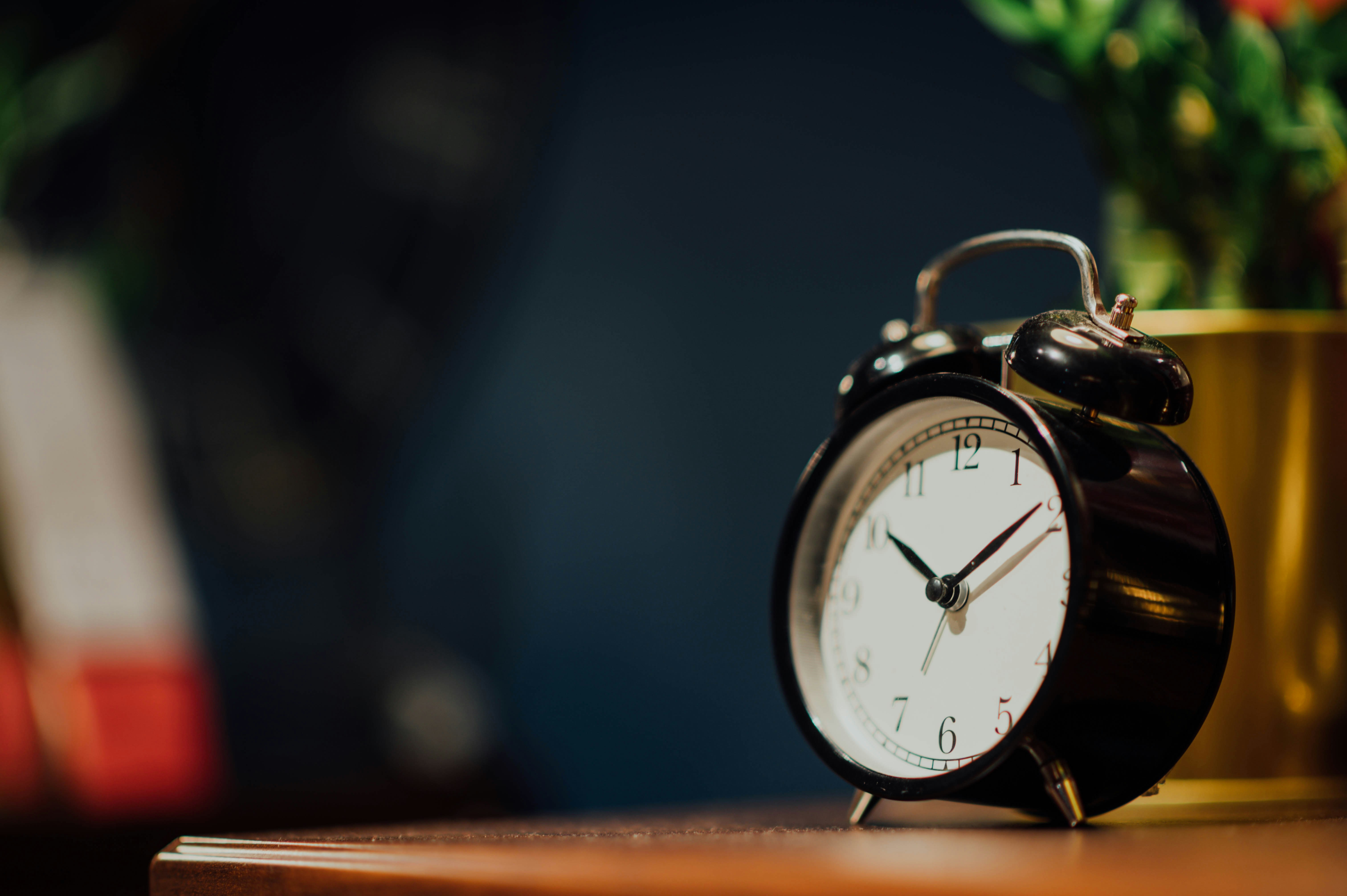 Photo by CHUTTERSNAP
Photo by CHUTTERSNAP
Daylight saving time is the practice of setting clocks forward one hour in the spring to make better use of natural daylight during the summer months…and then the time is set back one hour in the fall. Daylight saving time begins on the second Sunday in March and ends on the first Sunday in November.
Losing that one hour of sleep can have consequences:
- The risk of heart attack increases in the first 3 weekdays after switching to daylight savings in the spring according to a Swedish study. The American Heart Association also points to studies that suggest an increase in heart attacks on the Monday after daylight saving time begins and in strokes for two days afterward.
- Increase in traffic accidents on the Monday following start of daylight savings
- Increase in workplace injuries on the Monday following the start of daylight savings
Tips to prevent negative consequences:
- Try to head to sleep earlier around 2 days before dayight savings kicks in. This will make it easier to get up Monday morning and prevent feeling tired.
- Move up daily routines such as dinner time or work-out/excercise time a few days before
- Get your morning sunshine-this will help jump start alertness and help in adjusting your body’s internal clock
- Eat a healthy breakfast to tell your body it’s time to start the day
- Do not use caffeine to compensate for feeling tired